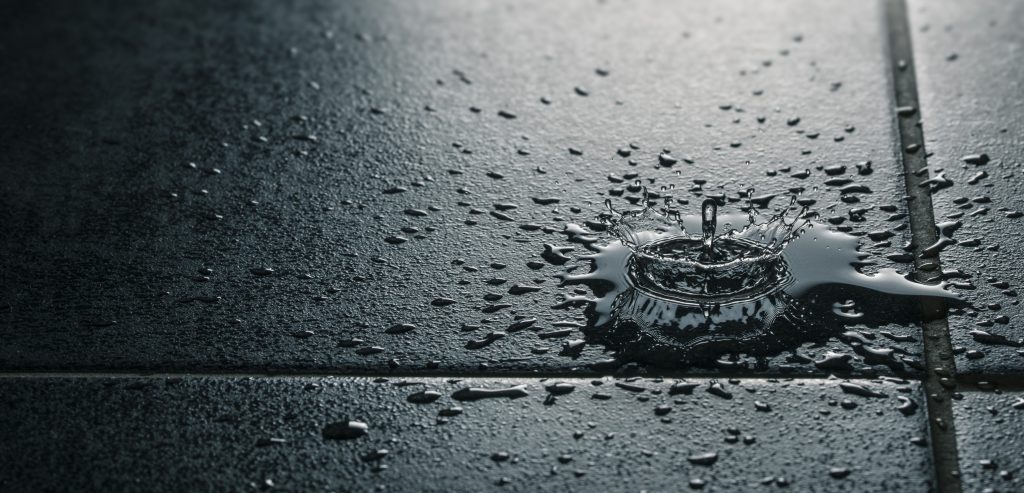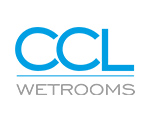 With the popularity of installing luxury wetrooms into residential housing projects seeing little slow down, housebuilders are increasingly demanding greater re-assurances that the wetrooms in their developments are 100% watertight.
With the popularity of installing luxury wetrooms into residential housing projects seeing little slow down, housebuilders are increasingly demanding greater re-assurances that the wetrooms in their developments are 100% watertight.
One of the most effective ways of providing such re-assurance, is to implement the process of flood testing the waterproof membrane prior to tiling the wetroom. This will help prevent water damage to the property and the associated costs that would be caused by subsequent leaks.
Conducting a flood test will provide a measure of confidence that the waterproof membrane used to tank the wetroom will perform as expected, and provide a watertight installation for the life of the tiles in the wetroom.
How to conduct a flood test in a wetroom
It is critical to ensure that no water is allowed to escape from the wetroom drain during the flood test. For this reason, CCL Wetrooms recommend the use of a suitable drain bung or air bag to seal the drain during the flood test.
Having tanked the entire shower area with RIW Tilesafe waterproof membrane, it is instantly ready for flood testing.
Once the drain outlet has been plugged with the drain bung, the shower area should be flooded to a depth of 12mm. The water level can be marked to act as a reference point to see if the flood test has been successful.
The water level should be observed for a minimum of two hours. A successful flood test is completed if no leaks are found (ie the water level remains the same) during the test period and the membrane has remained intact.
Unlike other waterproof membranes available on the market, the beauty of RIW Tilesafe is that flood testing can commence immediately after its application, resulting in a fast track flood testing procedure on-site.
To provide protection from water penetration in a wetroom, CCL Wetrooms recommend applying RIW Tilesafe waterproof membrane to the entire shower area plus a minimum of a metre in either direction.









